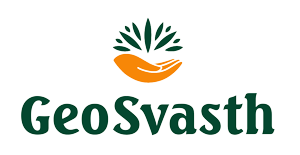FAQ‘s

Not only is organic a healthy way to eat, but also a guilt-free way to live. If we take care of the earth, she will take care of us in return. However, organic farming is much more gentle on the land and aims to improve sustainability.
While there’s no conclusive evidence, some people may find that organic food tastes better because organic products are fresher when locally produced.
The USDA has identified three categories of labeling organic products:
- 100% Organic: Made with 100% organic ingredients
- Organic: Made with at least 95% organic ingredients
- Made With Organic Ingredients: Made with a minimum of 70% organic ingredients with strict restrictions on the remaining 30% including no GMOs (genetically modified organisms)
Choose from a wide range of organic product categories – Organic Rice, Organic Cereals & Grains, Organic Wheat Flour, Organic Legumes, Organic Sugar, Organic Jaggery, Organic Whole Spices, Organic Masala Blends, Organic Superfoods & Health Foods, Organic Teas & Organics. Coffee, organic oil, organic honey, organic paste, natural salt, organic spices, and organic dried fruits.
Organic farmers do not receive federal subsidies like conventional farmers. Therefore, the price of organic food reflects the true cost of growing it. Conventional food prices do not reflect the environmental cleanup costs we pay with our taxes, and organic farming also requires more labor and management.
The truth is, organic food isn’t always more expensive. Some items such as coffee, cereal, bread, and even hamburgers are the same or cheaper than traditional items. And as demand for organic produce continues to grow, costs will continue to fall.



